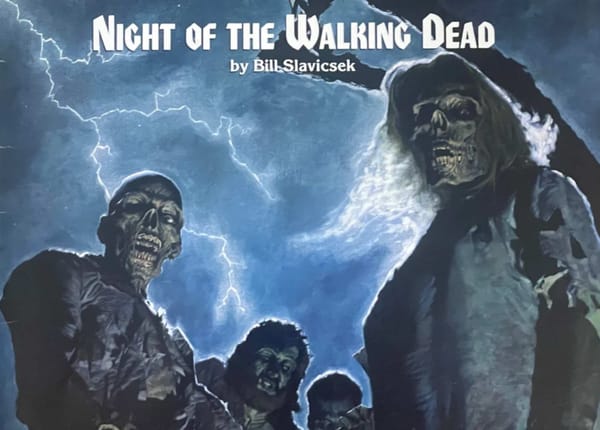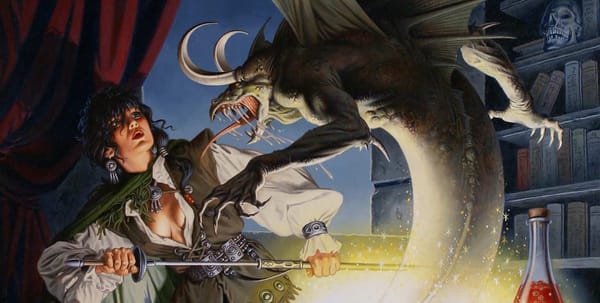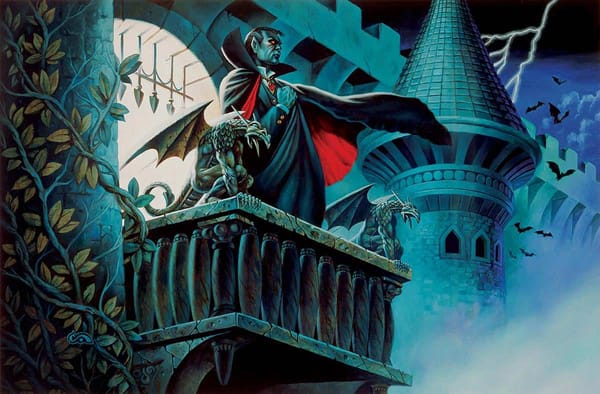Two weekends ago, a friend of mine and I decided to finally take Journey into Middle Earth for a spin. He isn’t into table top games, but is willing to give it a go. I figured that it could be a gateway drug into other games, as it combines the familiar (it is run with an app) and the unfamiliar to him (table top rpg-like constructs). We had fun, but if I had to do it all over again, I would have picked something else.
December 11, 2023 2 minutes read
Journey into Almost Something
All in all, the game felt like an at bat in baseball where you hit a lot of foul balls, but ground into a double play at the end.

This post is for subscribers only
Sign up now to read the post and get access to the full library of posts for subscribers only.
Sign up now Already have an account? Sign in




